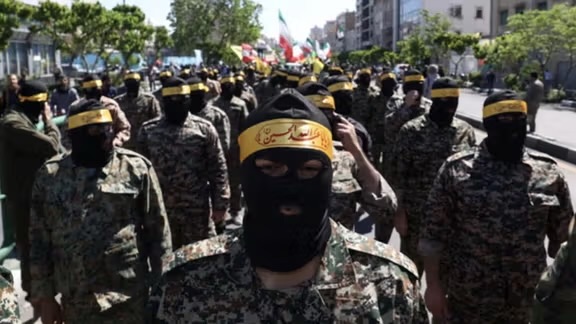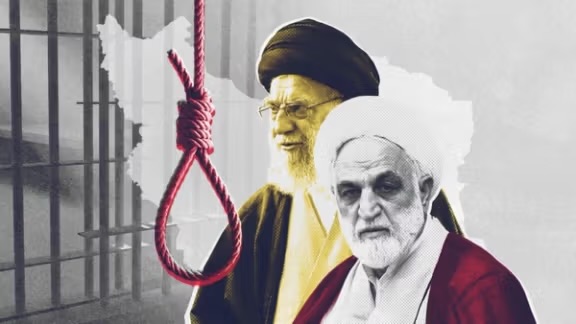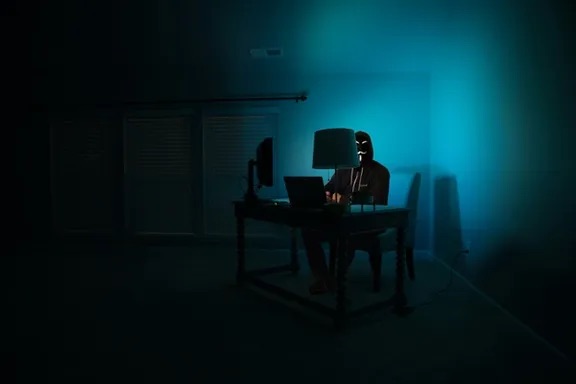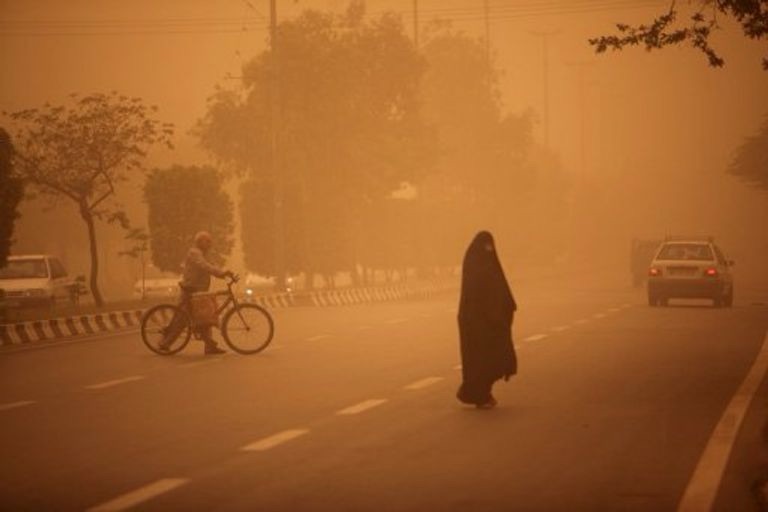
Ahwaz – Amnesty International has accused Iranian authorities of erasing vital evidence of crimes against humanity by converting part of Tehran’s Behesht-e Zahra cemetery — known as Lot 41 — into a parking lot.
According to Amnesty, Lot 41 contains graves of political dissidents executed in the 1980s, including members of the Mujahedin-e Khalq Organization (MEK), Baha’is, and other opposition groups. Families and rights groups have long described the site as a crime scene that must be preserved for future investigations.
“This is another grim reminder of systemic impunity for the mass executions of the 1980s,” Amnesty Iran wrote on X, warning that bulldozing the graves conceals evidence of state crimes and obstructs the pursuit of truth and justice.
Tehran’s deputy mayor, Davoud Goudarzi, admitted last week that the cemetery plot had been cleared with provincial approval to provide parking space for visitors to nearby graves.
Human rights experts condemned the move. “Destruction of these graves is a serious human rights violation as it hinders future investigations into the mass executions carried out by the Islamic Republic,” said Shahin Milani of the Iran Human Rights Documentation Center.
Lot 41 — often referred to as the “section of the executed” or “curse-land” — has been heavily monitored by authorities for decades. Activists say the regime has repeatedly destroyed or desecrated headstones of victims, not only from the 1980s but also from more recent uprisings, including the 2022 nationwide protests.
Amnesty renewed its call on Iranian authorities to halt the destruction of graves, respect the rights of bereaved families, and preserve evidence that could one day serve justice.



